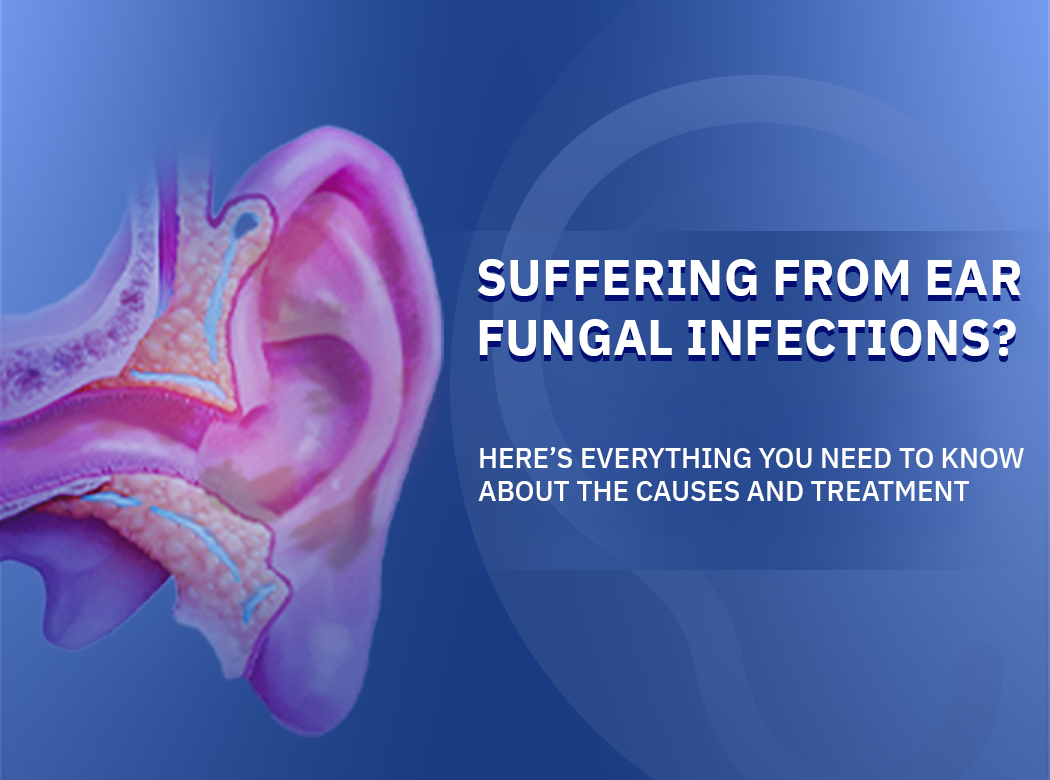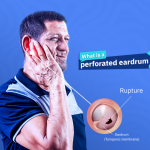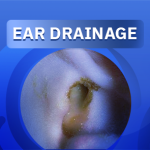otomycosis

Have you ever experienced persistent itching in your ears, accompanied by unusual discharge or a foul odor? These may be early signs of otomycosis, a common condition affecting millions worldwide, especially in humid or warm climates. This infection causes significant discomfort and, if neglected, can lead to pain or complications. In this article, we’ll delve into the causes, symptoms, diagnosis, treatment, and prevention of otomycosis in detail.
- What Is Otomycosis?
- Causes of Otomycosis
- Risk factors for Otomycosis
- Symptoms of Otomycosis
- How is Otomycosis diagnosed?
- How to treat Otomycosis ?
- Prevention methods for Otomycosis
- Complications of Otomycosis
What Is Otomycosis?
Otomycosis, or fungal otitis externa, is an infection primarily affecting the outer ear canal, caused by fungal growth in warm, moist conditions. Rarely, it may extend to the middle ear through a perforated eardrum, leading to more complex issues like hearing loss or chronic inflammation. Fungi account for about 10% of outer ear canal infections, with bacteria causing the majority. It thrives in tropical climates, summer months, or after repeated water exposure (e.g., swimming or bathing).
Causes of Otomycosis
Earwax (cerumen) forms a natural barrier, protecting the ear canal from moisture and microbes with its antifungal and antibacterial properties. When this barrier diminishes or is removed, the ear becomes vulnerable. Common causes include:
Water Exposure: Creates a damp environment ideal for fungal growth, especially from contaminated pool water.
Over-Cleaning: Cotton swabs or sharp tools remove protective wax and cause micro-abrasions, aiding fungal spread.
Causative Fungi:
Aspergillus: Responsible for 80-90% of cases, often producing black or brown discharge.
Candida: Causes white, cheese-like discharge, more common in immunocompromised individuals.
Risk factors for Otomycosis
Certain factors increase susceptibility to fungal ear infection:
- Weakened Immunity: Seen in diabetes, HIV, or corticosteroid users.
- Ear Trauma: Scratches from cleaning or foreign objects.
- Water Sports: Swimmers or divers face higher risks due to persistent moisture.
- Skin Conditions: Eczema or psoriasis in the ear canal disrupts the protective barrier.
- Contaminated Devices: Unsterilized earbuds or plugs transfer fungi.
- Chemical Irritants: Hair dyes or sprays can irritate the canal, promoting fungal growth.
- Humid Climate: Higher incidence in tropical regions or summer.
Though not directly contagious, fungi can spread via contaminated water.
Symptoms of Otomycosis
Symptoms develop gradually and vary by fungal type and infection severity:
- Itching: Persistent and bothersome, worsening with moisture.
- Pain: Mild to severe, especially when touching the ear or chewing.
- Discharge: Varies by fungus (black/brown for Aspergillus, white for Candida), often foul-smelling.
- Flaking Skin: Dryness or peeling inside the canal.
- Hearing Impairment: Temporary, due to canal blockage or discharge buildup.
- Tinnitus: Ringing or noise in the ear.
- Fever: In severe cases or if the infection spreads.
How is Otomycosis diagnosed?
The doctor begins with a medical history (e.g., swimming habits or moisture exposure), followed by:
- Otoscope Exam: Reveals inflammation, discharge, or fungal growth in the canal.
- Swab Analysis: A sterile swab collects discharge for microscopic examination or culture to identify the fungus (Aspergillus, Candida, etc.).
- Imaging: Rarely, a CT scan is ordered if bone involvement is suspected.
How to treat Otomycosis ?
Treatment depends on infection severity and patient condition:
Ear Cleaning:A medical solution (e.g., diluted vinegar or hydrogen peroxide) removes debris and fungi.
Micro-suction under a microscope ensures thorough cleaning.
Antifungal Therapy:
- Topical drops (e.g., clotrimazole, fluconazole) applied for 1-3 weeks.
- Creams or ointments for severe external cases.
- Oral antifungals (e.g., itraconazole) for rare middle ear spread.
Pain Relief: Paracetamol or ibuprofen to ease pain or inflammation.
Duration: Most cases resolve in 2-4 weeks, with noticeable improvement in days if treated early.
Self-treatment or over-the-counter drugs should be avoided, as they may worsen inflammation or delay healing. Being non-contagious, normal activities can resume post-recovery.
Prevention methods for Otomycosis
To minimize risks of fungal ear infection:
- Thorough Drying: Use a towel or low-heat hairdryer to dry ears after bathing or swimming.
- Avoid Tools: Refrain from using cotton swabs or nails, which remove wax and irritate the canal.
- Ear Protection: Wear swim caps or waterproof plugs during swimming.
- Boost Immunity: A diet rich in vitamins (C, D) and zinc reduces infection risk.
- Device Hygiene: Regularly sterilize earbuds to prevent fungal buildup.
Complications of Otomycosis
If untreated, fungal ear infectionmay lead to:
- Eardrum Perforation: From chronic inflammation or pressure.
- Hearing Loss: Temporary or permanent if it reaches the inner ear.
- Mastoiditis: Rare bone infection, dangerous for diabetics or immunocompromised individuals.
- Chronic Infection: Recurrence with treatment resistance.
If you suspect fungal ear infection—especially with persistent itching or discharge—consult an ENT specialist immediately. Early diagnosis and proper treatment ensure swift recovery and protect your ears, a vital part of your overall health.







